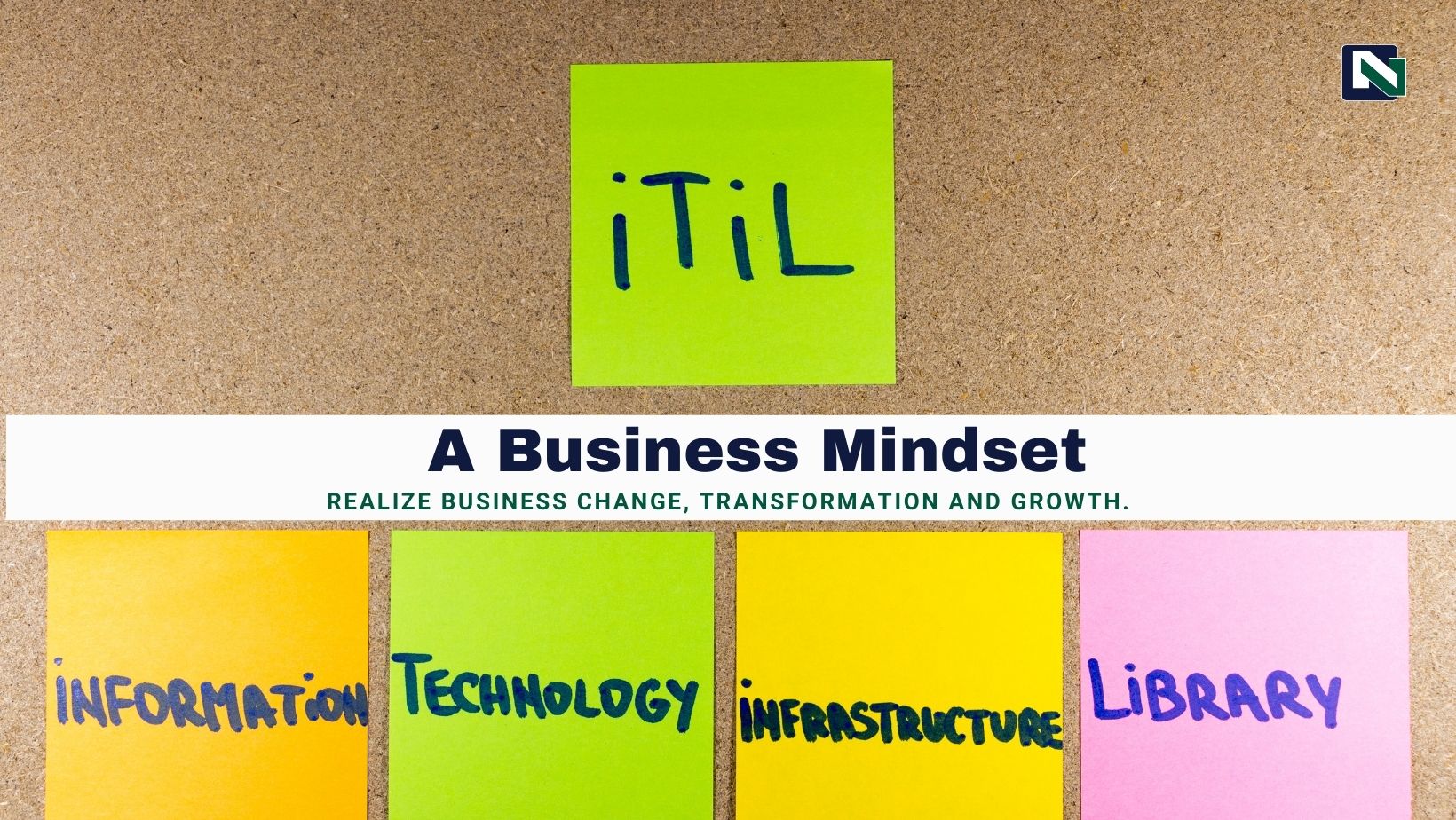Many companies have ambitious growth plans that involves digitally transforming business operations, boosting productivity, standardizing processes, better servicing their customers, mitigating corporate risks, fabricating a more reliable defense against infractions, etc. In order for companies to successfully tackle these business goals they need to define and incorporate a detailed plan. This plan is an IT Roadmap. Without the guidance of an IT Roadmap, achieving these organizational targets can be unmanageable, misaligned, ineffective, and chaotic; costing and wasting more money than anticipated.
Why, what, when & how
An IT Roadmap is a strategic plan that defines a goal or desired outcome and includes the major steps or milestones needed to reach it. It describes how and what technology the company is currently using and highlights where improvements, replacements or additions need to be. Most importantly, they help management visualize and define the “why”, “what”, and “when” of major IT investments before starting the “how”. By investing in this service, organizations will be able to draw more realistic targets that meet their corporate objectives. They will understand what their current IT infrastructure can handle and whether it can support their business goals.
Roadmaps are ambiguous
The stages, strategies and elements of an IT Roadmap can significantly vary depending on a company’s culture, process, and objectives. Through the construction of an IT Roadmap, a company’s priorities, timelines, complexities, risks, organizational impacts etc., are always considered. Regardless, if the roadmap is simple or complex, it is always open to changes; plans, competitive landscapes and regulatory rules are always changing and evolving within an organization, and therefore, a roadmap needs to adapt accordingly.
First things first…
There are many steps that go into executing a Roadmap, but the first and perhaps most monumental is the Gap Analysis. This stage is integral as it provides you with an overview of the entire company and sheds light on everything that needs modifications, repairs, or replacements. They are conducted to pinpoint deficiencies and identify opportunities for innovation within your IT to meet your business goals. By utilizing these findings, one can determine what form of IT innovation and improvements need to happen.
An IT Roadmap communicates what needs to be done, the sequence in which these activities need to occur, and the method and strategies used. Additionally, they allow stakeholder executives to anticipate enterprise architectures, project governance, service management processes, resource needs, projects, technology stack, custom solutions, cybersecurity safeguards, and commercial-off-the-shelf products.
Having a strategic IT Roadmap helps organizations move from reactively responding to tactical requests to proactively planning the technical capabilities of what organizations will need long-term. To maximize your investment in IT, to grow the financial and overall performance of your business, no matter how big or small, New Value Solutions has the experienced consultants to help your organization define what needs to get done. Together, we can build your IT future.










